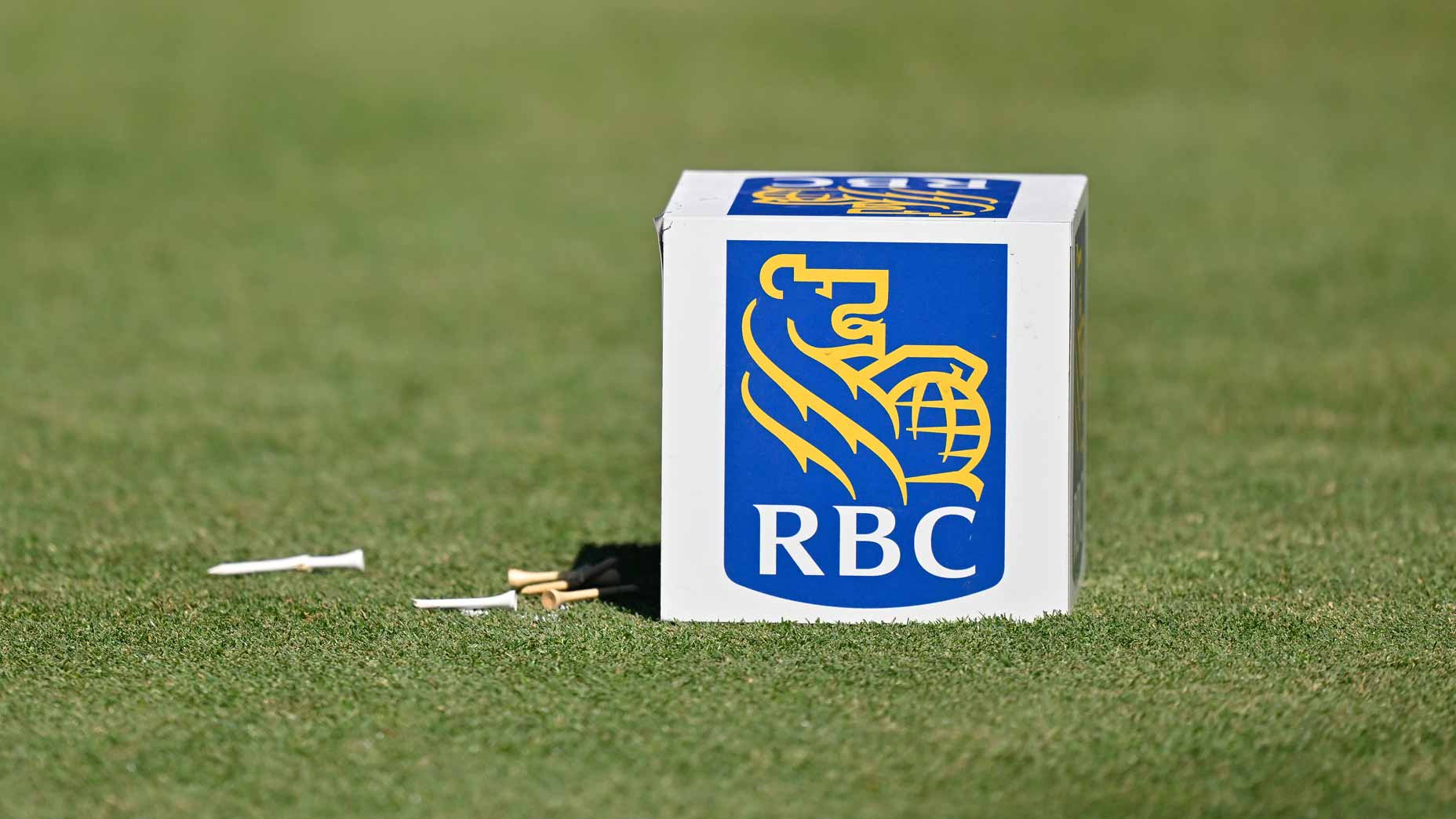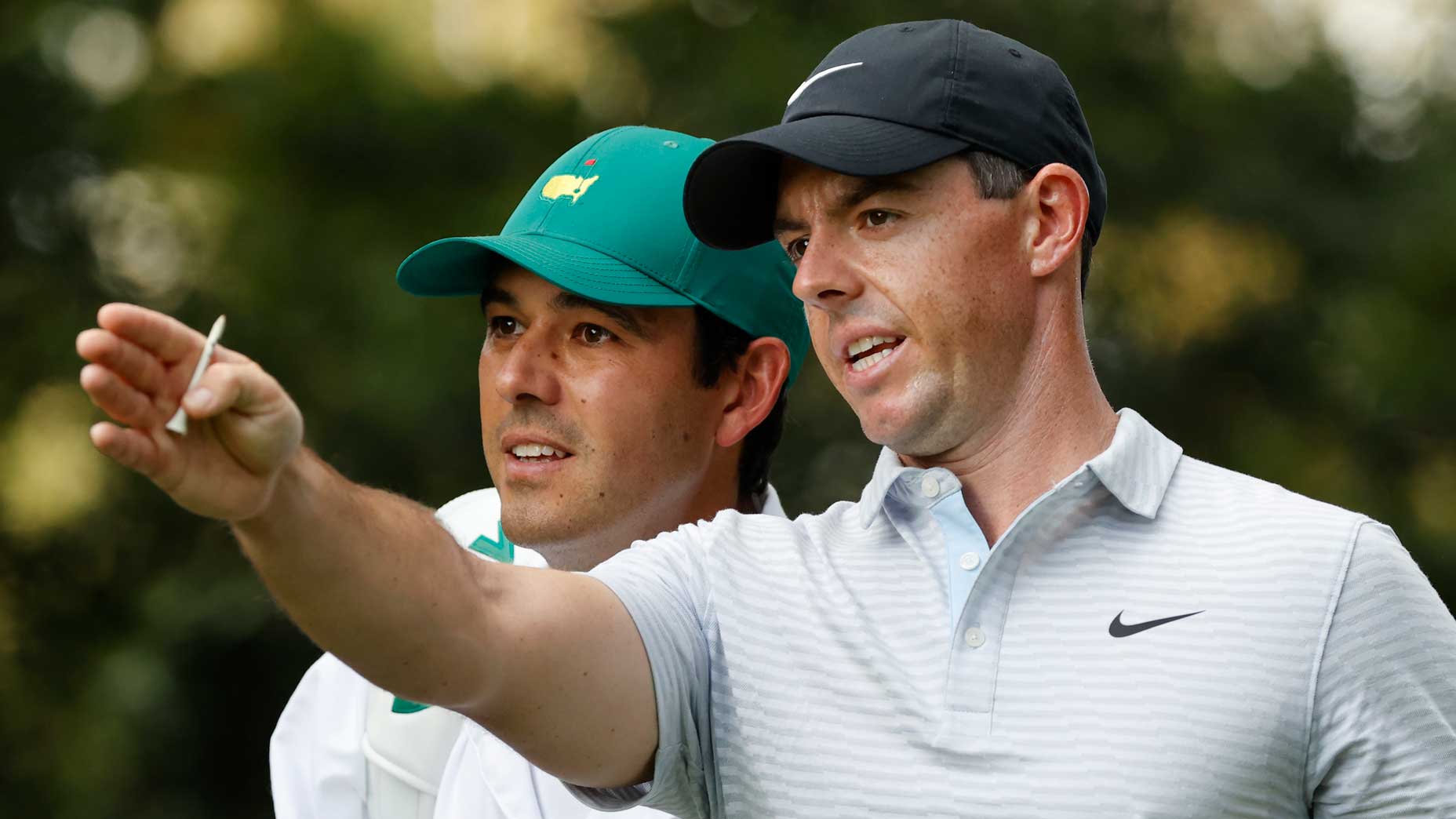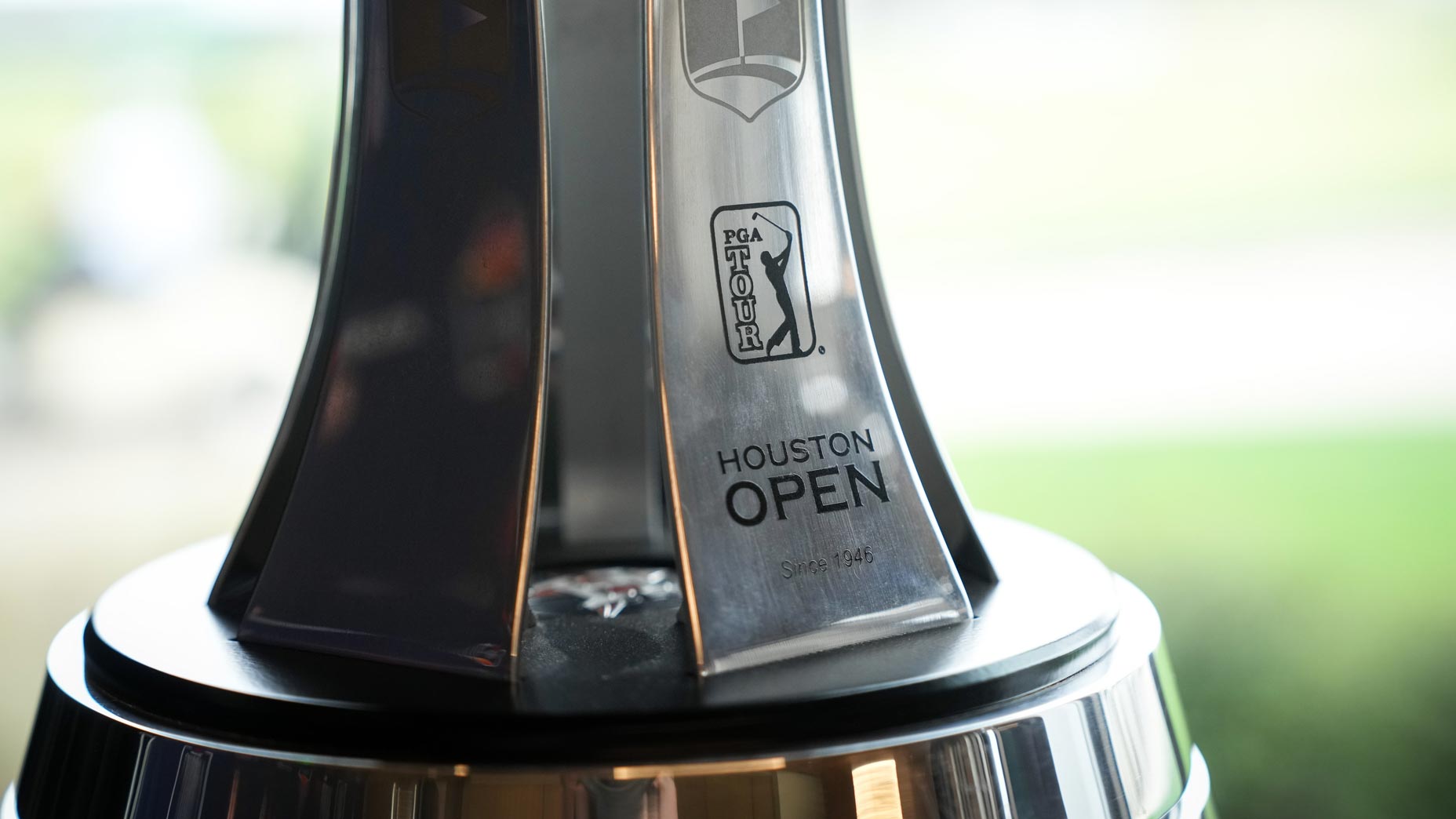In the wake of the USGA/R&A’s distance report release, our GOLF.com team convened an emergency roundtable session. Check in every Sunday night for the regularly scheduled Tour Confidential and the unfiltered opinions of our writers and editors, and join the conversation by tweeting us @GOLF_com.
1. The USGA and R&A released their latest distance report Monday, which showed that driving distance across the seven major professional tours increased by three yards in 2017. This is a marked jump from 2015 and ’16, which showed an increase of 0.2 yards per year. The report said, “This level of increase across so many tours in a single season is unusual and concerning and requires closer inspection and monitoring to fully understand the causes and effects.” Does the spike concern you?
Michael Bamberger, senior writer, GOLF: It’s not the spike. It’s the overall pattern since 1980. All sports evolve. Golf has changed too much.
Alan Shipnuck, senior writer, GOLF (@AlanShipnuck): More monitoring? Oh joy. Haven’t they already been studying this issue for years/decades? I’m exhausted.
Dylan Dethier, associate editor, GOLF.com (@Dylan_Dethier): It concerns me because it pushes the golf world closer to fixing a problem for which there is no clean solution. Change is hard!
Jessica Marksbury, senior editor, GOLF.com (@Jess_Marksbury): Yes, Dylan! It’s obvious something needs to be done, but what? Golf is still hard, no matter how far you hit the ball.
Josh Sens, contributing writer, GOLF: I don’t want to torture an analogy or overstate the importance of the distance issue, but there are elements here that remind me of the climate change debate. Most people looking at facts have known for a long time that it’s a runaway problem. But the official response is mostly just talk. Big financial interests are at stake, of course, further complicating any plan of action. A gloom-and-doomer might take the view that we’re beyond the tipping point, too late to go back.
Jeff Ritter, digital development editor, GOLF.com (@Jeff_Ritter): It’s too late to try a rollback for the recreational player — I want my yards! — and that would also cut against the grow-the-game movement. But I agree this data doesn’t present a one-year “spike.” It’s a slow-building trend that may have reached the point where affected parties are moved to create a plan.
 2. The governing bodies said that they don’t yet intend to take any action on the findings or make any recommendations to the key stakeholders. “Building on the extensive research we have undertaken in recent years, we will conduct a thoughtful conversation about the effects of distance prior to making any specific proposals,” the report said. In your mind, is it time to take action — and, if so, what kind of action?
2. The governing bodies said that they don’t yet intend to take any action on the findings or make any recommendations to the key stakeholders. “Building on the extensive research we have undertaken in recent years, we will conduct a thoughtful conversation about the effects of distance prior to making any specific proposals,” the report said. In your mind, is it time to take action — and, if so, what kind of action?
Bamberger: This is my war cry: a limited-flight distance ball for the four majors, made by all the manufacturers. Leave everything else alone. Golf takes its cues, often, from the four majors.
Shipnuck: The time to take action was around the turn of the century, when solid core balls and launch monitors and Tiger’s gym routine began fundamental changes in the game. It’s waaaay too late now — any change that is made will damage the game. With all due respect to Bamby, that’s a horrible idea. Suddenly we’re going to make the game’s most important tournaments fundamentally different than all the others? Doing nothing means every classic course is way too short to be a real test. Bifurcating will harm the equipment industry, which is built on the FOMO of us wanting to play what the pros do. Dialing back the ball could kill fan interest in the PGA Tour and make the game even less fun for the rest of us, because we all dig the long ball. It’s a mess.
Dethier: As Shipnuck has demonstrated, there’s no silver bullet here. The best solution? Don’t roll back the ball — going backward doesn’t work. Do what you can to keep the ball from flying any further, and adjust as nuked drives dictate. The Tour courses will continue to grow, which is a necessary evil, and if that means a couple 9,000-yarders, so be it! But every other course in the world should resist the urge to pretend that they’ll one day host a pro event. At this point, it’s easier to bifurcate the courses than the golf ball (although I realize that means bad news for classic tracks).
Marksbury: I think Michael is on to something. Restricting the ball across the board won’t do anything to help the industry grow. But what if the limited-flight ball was simply the pro’s ball? It could be used on the professional tours in all events, and be somewhat aspirational for amateurs — maybe as an elite, competition-only ball. At the recreational level, things can continue as usual.
Sens: My fantasy is a slight modification of Michael’s plan: a limited-flight ball at the Masters. The green jackets would have the power to implement it. We’d enjoy a different test of skill — but still plenty of birdies and eagles and all those roar-inducing pyrotechnics. And the club could finally stop buying extra land and tweaking already-great holes.
Ritter: I’m with Sens. I think when Jack and Tiger and Gary Player and other revered players griped about the ball making historic courses obsolete, Augusta National was at the top of their minds. ANGC has always played by its own rules; if it feels compelled to try a low-flight ball, let them have at it. Players can make quick adjustments — last week in Mexico, they had to alter their games for a 10-15% increase in yardage at altitude. They could dial in down one week a year in the name of a green jacket.
 3. PGA Tour commissioner Jay Monahan also weighed in on the report, saying he doesn’t believe that “the trends indicate a significant or abnormal increase.” Taking into account that thus far in the 2017-18 season nearly 16 players are averaging more than 310 yards off the tee — which is a 2x increase from this time last year — and 30 percent more players are averaging 300+ yards is the Tour turning a blind eye?
3. PGA Tour commissioner Jay Monahan also weighed in on the report, saying he doesn’t believe that “the trends indicate a significant or abnormal increase.” Taking into account that thus far in the 2017-18 season nearly 16 players are averaging more than 310 yards off the tee — which is a 2x increase from this time last year — and 30 percent more players are averaging 300+ yards is the Tour turning a blind eye?
Bamberger: No, the Tour’s eye is every much open. The commissioner’s job is to increase earning capacity for the Tour players. Everybody has skin in this game. The key is to find common ground.
Shipnuck: The Tour is selling wonderment. Monahan wants/needs his players to drive the ball to the moon. No way he’s excited about all of them suddenly driving it as far as Dean Beman in his prime.
Dethier: What’s he supposed to say? I think Monahan is happy with the way things are — no way he or the Tour immediately benefits from a radical shakeup.
Marksbury: It’s understandable that he would be defensive. But I do think he’s right that there are many other factors in play here. It’s not just an equipment issue.
Sens: Purses are in the stratosphere. The Tour is brimming with young talent. And resurgent talent. Phil just won. Tiger is playing again. I agree with Michael: eyes wide open, and liking what they see.
Ritter: “Tune in Sunday to watch DJ, Rory and Bubba hit it….260!” — slogan the PGA Tour doesn’t want to see on a television broadcast.
4. For the vast majority of amateur golfers, distance is decidedly not a problem. (The governing bodies’ report also includes some amateur driving stats gathered from a small sample of courses in the U.K.; overall, the average driving distance among that group has increased from 200 yards in 1996 to 208 yards in 2017.) Is the distance spike in the elite levels of the game driving too much of the conversation/debate?
Bamberger: Only in the sense that what happens on Tour filters down to what we do.
Shipnuck: No, I think it’s understood this debate is about the pros, not hackers — we’re not the ones hitting driver-wedge into every 500 yard par-4.
Dethier: Yeah, so far it is, because no courses need to be lengthened for the golfer hitting it 208.
Marksbury: I would say yes. On one hand, you have the USGA calling for us to “tee it forward” so we can enjoy the game more (which I heartily support!), while on the other, we’re considering 8-9,000 yard courses to challenge the pros. Recreational players love to play the courses where the pros play, but the idea of a course that long seems ridiculous, both from a sustainability and a “grow the game” standpoint.
 Sens: What happens on Tour does indeed filter down. And wouldn’t it be nice if that were less the case? As a general rule, the Tour effect has not been good for recreational golf: it has slowed the pace of play; inspired horrible fashion choices; convinced people that courses should be kept emerald green; and prompted lord knows how many people to plumb bob when they have no idea how plumb bobbing even works. Maybe, in this case, the debate over distance can be framed in a way that is good for the game by reminding recreational golfers that distance is not the be all, end all to enjoying the game. As an instructor once said to me when I asked her to help me get more yards off the tee: “You don’t need to get longer. You need to get better.”
Sens: What happens on Tour does indeed filter down. And wouldn’t it be nice if that were less the case? As a general rule, the Tour effect has not been good for recreational golf: it has slowed the pace of play; inspired horrible fashion choices; convinced people that courses should be kept emerald green; and prompted lord knows how many people to plumb bob when they have no idea how plumb bobbing even works. Maybe, in this case, the debate over distance can be framed in a way that is good for the game by reminding recreational golfers that distance is not the be all, end all to enjoying the game. As an instructor once said to me when I asked her to help me get more yards off the tee: “You don’t need to get longer. You need to get better.”
Ritter: Oh, the Tour decisions filter down. And if the USGA and R&A rolled back the ball, you can see how it could easily ripple to other tours and amateur events…and then, perhaps, the recreational game? Any major change could create a potentially slippery slope. It’s part of why this is such a tricky issue.






